List of potential cascading plants for retaining wall
sarahmakes6
18 years ago
Featured Answer
Comments (23)
cerealtrader
18 years agoRelated Professionals
Londonderry Landscape Architects & Landscape Designers · Ashburn Landscape Architects & Landscape Designers · Fitchburg Landscape Architects & Landscape Designers · North New Hyde Park Landscape Architects & Landscape Designers · Battle Ground Landscape Contractors · Eustis Landscape Contractors · Merced Landscape Contractors · Metairie Landscape Contractors · Pompano Beach Landscape Contractors · Columbia Fence Contractors · Grover Beach Fence Contractors · Killeen Fence Contractors · Laguna Hills Fence Contractors · Olive Branch Fence Contractors · Pekin Fence Contractorsmmegaera
18 years agosarahmakes6
18 years agoKarchita
18 years agosarahmakes6
18 years agoKarchita
18 years agogardengal48 (PNW Z8/9)
18 years agodottyinduncan
18 years agoRon_B
18 years agosarahmakes6
18 years agonightnurse1968 (Suzy)
18 years agosarahmakes6
18 years agoRon_B
18 years agonightnurse1968 (Suzy)
18 years agohemnancy
18 years agoechoes_or
18 years agodrmedica
18 years agodiggingthedirt
18 years agofdeckter_juno_com
14 years agoFrenzy_mika
11 years agobejoy2
11 years agobejoy2
11 years ago
Related Stories
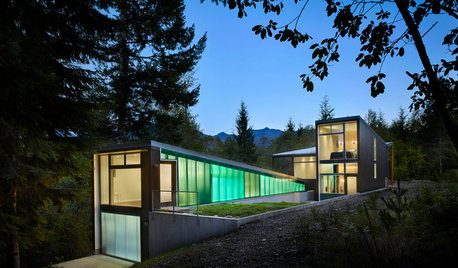
HOUZZ TOURSHouzz Tour: Cascades Retreat Blends In and Stands Out
A mountain getaway’s simple design echoes the landscape, while green polycarbonate cladding adds drama
Full Story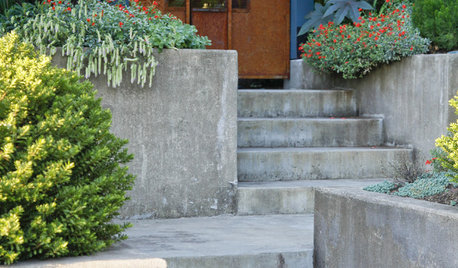
GARDENING AND LANDSCAPING3 Overlooked Spaces With Great Garden Potential
Turn neglected outdoor areas into assets with thoughtful plantings and designs, for gardens as unexpected as they are appealing
Full Story
HOUSEPLANTS10 Top Plants to Grow Indoors
Brighten a room and clean the air with a houseplant that cascades artfully, stretches toward the ceiling or looks great on a wall
Full Story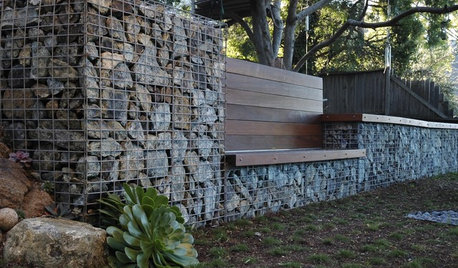
GARDENING AND LANDSCAPING7 Out-of-the-Box Retaining Wall Ideas
Go Beyond Railroad Ties With Stylish Rock, Metal, Blocks, and Poured Concrete
Full Story
PETSGarden Alert: 22 Plants to Keep Away From Pets
Avoid potential danger by keeping dogs and cats away from these landscaping and houseplant favorites
Full Story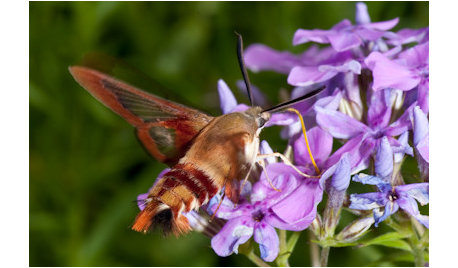
GARDENING GUIDESGreat Design Plant: Prairie Phlox Draws Winged Beauties
Beauty and a sweet fragrance are just the beginning with this spring bloomer. Watch the butterflies and moths descend on it for nectar
Full Story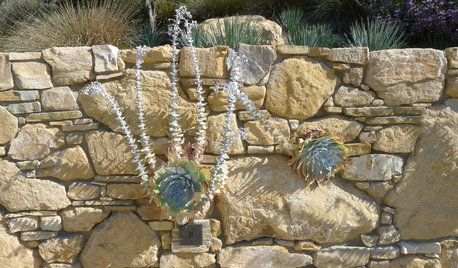
PLANTING IDEASPlanting Ideas: Life in the Crevices
Discover the beautiful planting opportunities hidden in rock walls, paver spaces and other garden gaps
Full Story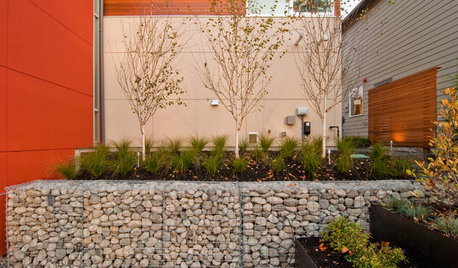
LANDSCAPE DESIGNGarden Walls: Gabion Evolves From Functional to Fabulous
The permeable rock-, concrete- or glass-filled steel cages are showing up as retaining walls, planters, benches and more
Full Story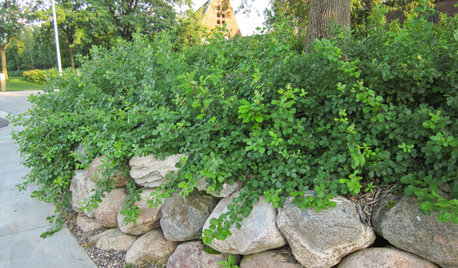
GARDENING GUIDESGreat Design Plant: Rhus Aromatica ‘Gro-Low’ Handles Many Tough Sites
Plant ‘Gro-Low’ fragrant sumac in eastern and midwestern U.S. gardens for its tolerance of tough sites, spreading form and orange fall color
Full Story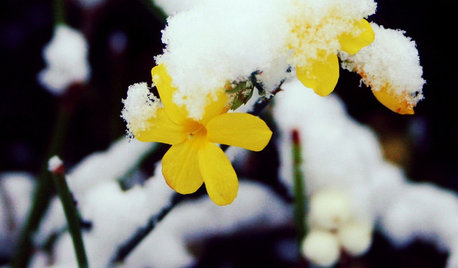
YELLOW FLOWERSGreat Design Plant: Winter Jasmine Gladdens Snowy Gardens
Sunny yellow flowers defy the frost, bringing cheer to the garden on gray days
Full Story








sarahmakes6Original Author